Lawrence Weschler loves the Web. So why is it a problem, then?
Permanence, for starters. The “extreme perishability of digital information” is of great concern to Weschler, who spoke on campus last Monday as part of the Big Picture Lecture Series. “Cuneiform tablets and papyrus scrolls have lasted thousands of years,” he explains. “Digital information, on the other hand, is catastrophic.”
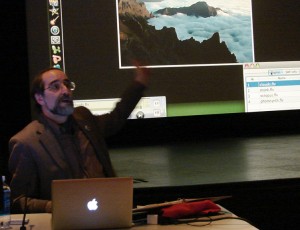 Weschler argues the problem is that digital information decays over time, as well as the equipment and software used. Floppy discs, VHS tapes, CDs—these disposable media forms are quickly becoming archaic, and the work they contain becomes lost forever.
Weschler argues the problem is that digital information decays over time, as well as the equipment and software used. Floppy discs, VHS tapes, CDs—these disposable media forms are quickly becoming archaic, and the work they contain becomes lost forever.
“The entire Clinton administration, in terms of history, is gone,” Weschler says. “Almost everything was conducted via email, with devices that are no longer around to use.” (Not to mention the fact that an external hard drive containing copies of data from the administration was discovered missing by the National Archives and Records Administration in 2009.)
A second issue, according to Weschler, is the “palpable substantiality of books,” or the stability of a printed book versus the instability and frantic nature of the Web. Books have substance and soul, while the Web is filled with insubstantiality and soullessness. “There is no calm centeredness on the Web,” he says. “Just a frenzy of echoes that rebound and go from one thing to the next. Which is its great strength as well.”
There is another set of issues with the Web related to authors. “The value of publishing a book for a writer is much the same as a visual artist putting together an exhibition,” Weschler says. “Preparing for an exhibition forces artists to self-edit, take stock in their work and decide what was good and what wasn’t.” You can’t do this on the Web, he argues. “It’s just too easy to put things up without the proper foresight or editing.”
Continue reading →
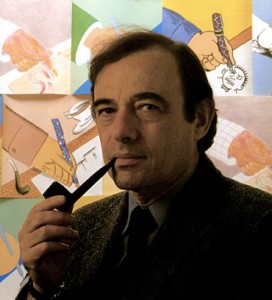 International design legend Seymour Chwast will be on campus tomorrow, February 25.
International design legend Seymour Chwast will be on campus tomorrow, February 25.


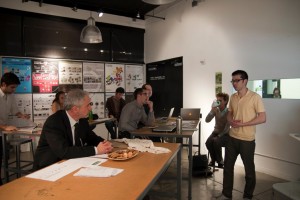
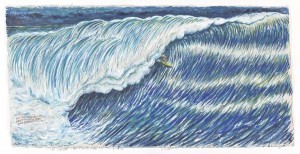 The 29th edition of Spain’s leading contemporary art fair,
The 29th edition of Spain’s leading contemporary art fair, 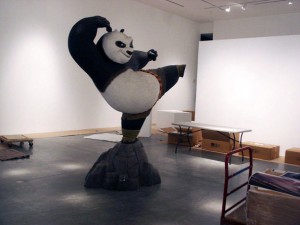

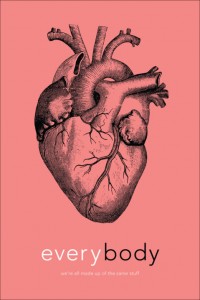
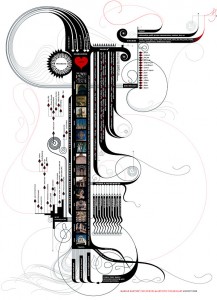
 Weschler argues the problem is that digital information decays over time, as well as the equipment and software used. Floppy discs, VHS tapes, CDs—these disposable media forms are quickly becoming archaic, and the work they contain becomes lost forever.
Weschler argues the problem is that digital information decays over time, as well as the equipment and software used. Floppy discs, VHS tapes, CDs—these disposable media forms are quickly becoming archaic, and the work they contain becomes lost forever.